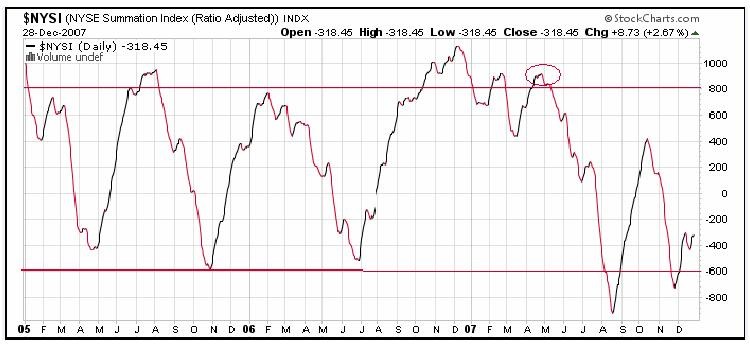Using Seasonal and Cyclical Stock Market Patterns
Post on: 16 Март, 2015 No Comment

by Jeffrey Hirsch
Those who cannot remember the past are condemned to repeat it, proclaimed philosopher George Santayana. I believe that those who study market history are bound to profit from it.
There are three main seasonal and cyclical patterns that have stood the test of time and consistently provide me with an edge in managing my portfolios: the four-year Presidential Election/Stock Market Cycle, the Best Six Months Switching Strategy and Januarys basket of indicators and trading strategies.
But first, lets get one thing straight. While I am a strong proponent of historical and seasonal market patterns, I am always mindful that history never repeats itself exactly. I have used history as a guide for navigating current market conditions and anticipating trends with quite a degree of success over the years. What we try to get Stock Traders Almanac traders and investors to do is not necessarily follow historical patterns to a T, but to keep them in mind so they know when their radar should perk up.
Politics, Politics, Politics
What happens on Wall Street is inextricably linked to what transpires in Washington. For five decades, the Stock Traders Almanac has discussed and demonstrated this phenomenon. The Four-Year Presidential Election/Stock Market Cycle is the Old Faithful of indicators for us.
Presidential elections every four years have a profound impact on the economy and the stock market. Wars, recessions and bear markets tend to start or occur in the first half of the term, with prosperous times and bull markets in the latter half. This pattern is most compelling.
As you can see in Figure 1. the third year in the presidential term has the best performance, as there have been no Dow Jones industrial average losses in pre-election years since war-torn 1939. While pre-election years have generally had greater gains, election-year market performance has weakened, thanks in part recently to the year 2000s bear market and undecided election and the year 2008s financial crisis.
Figure 2 illustrates that November, December, January, March and April are the top months since 1950. Add in February, and you have an impressive trading strategy. These six consecutive months gained 14,654.27 Dow points in 62 years, up in 48 years and down in 14, while the remaining May through October months lost 1,654.97 points, up 37 times and down 25. Figure 3 shows the average change in the Dow Jones industrial average for both the best and worst six-month periods.
Seasonal Portfolio Management
Use of the words buy and sell has created some confusion when used in conjunction with our Best Six Months Switching Strategy. They are often interpreted literally, but this is not necessarily the situation. Exactly what action an individual investor takes when we issue our official fall buy or spring sell recommendation depends upon that individuals goals and, most importantly, risk tolerance.














